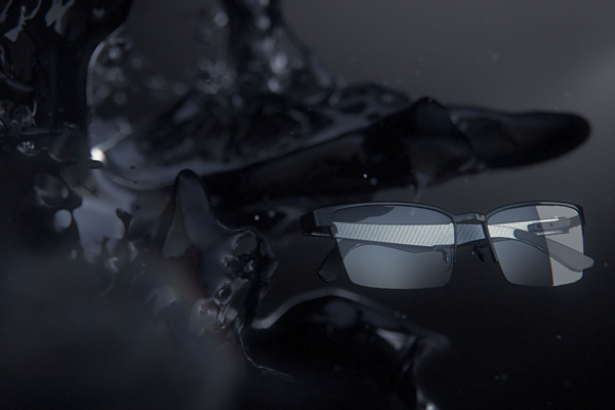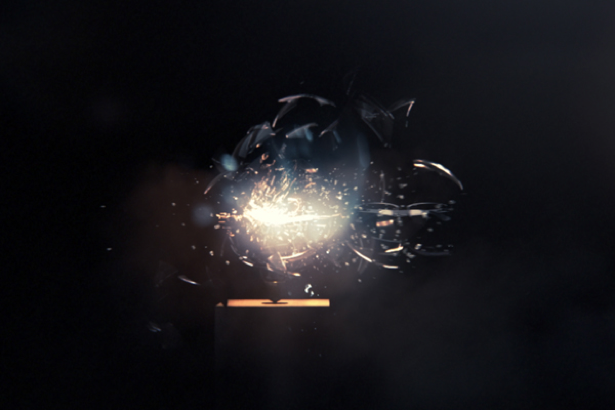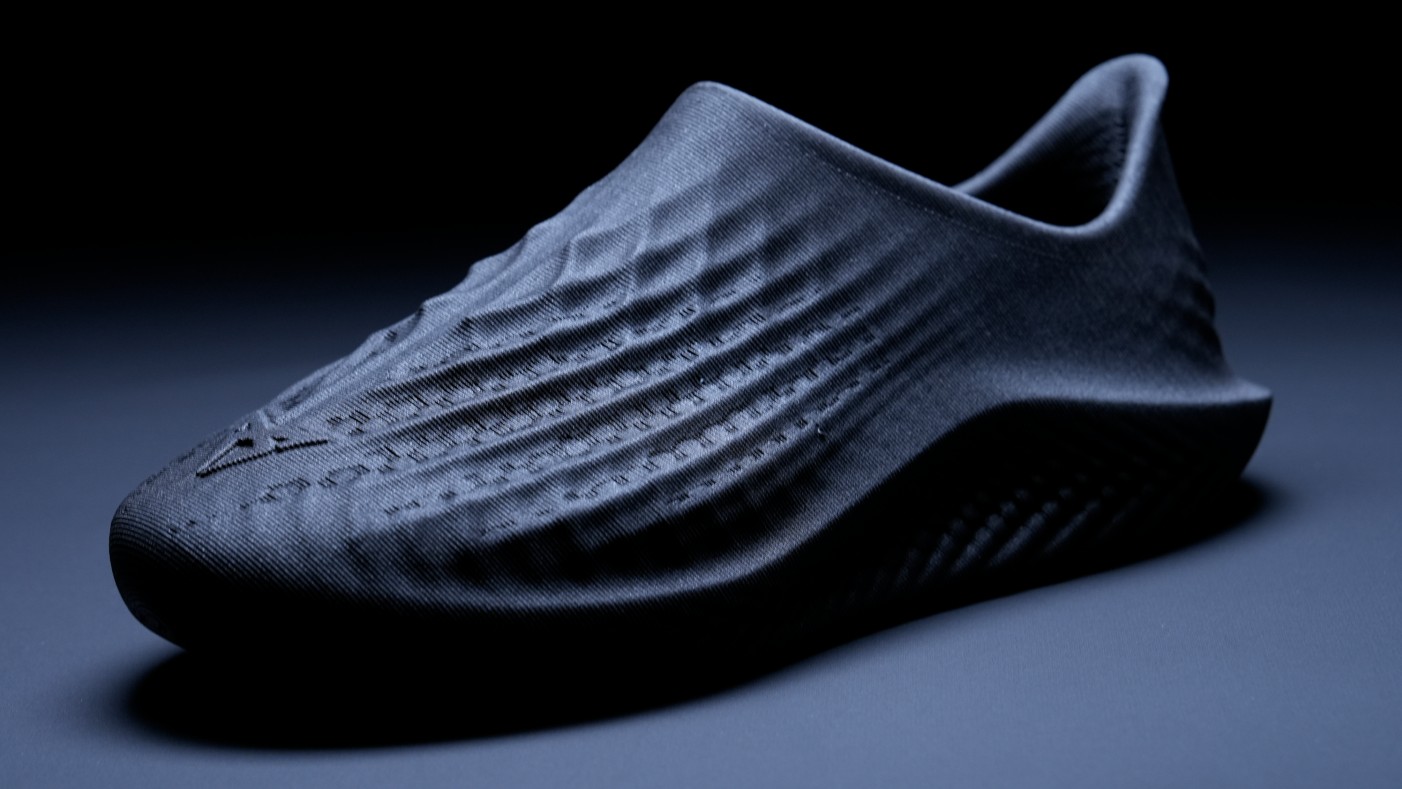See Blackmeal's explosive new motion work for Ray-Ban
Blackmeal is behind a brilliant new short for sunglasses manufacturer Ray-Ban – which sees shades shot through the air like a bullet, destroying everything in their path. We interviewed executive producer Mael Francois to find out how it was made
Jelly London’s animation collective, Blackmeal, has created a stunning new product clip for Ray-Ban. To achieve the slick collisions between the carbon frames of the sunglasses and porcelain and glass they destroy, the animation and VFX studio used a combination of Maya, Vray, Nuke, After Effects, Real Flow and PhotoShop, with music and sound for the clip designed by Mooders. We caught up with Blackmeal executive producer Mael Francois to find out more.
Computer Arts: What was the brief for this project?
Mael Francois: When we received the brief, the goal was to realise a slow-motion piece, similar to one shot with a ghost camera, to illustrate the weight and toughness of the new Ray-Ban frames.
We tried to take a more artistic approach to it by treating the objects as art pieces in a museum exhibition. We placed them on a white pedestal and framed them with camera lenses similar to ones used in photography.

CA: Talk us through your creative process: did you start with sketches on paper, or move straight onto the computer?
MF: The first step was to choose which objects to blow up. We decided to keep solid and artificial objects instead of fruits or soft bodies. The paint box was a useful object to add some different textures and shapes by simulating the fluid. We then moved to the storyboard phase to figure the order and framing for the shots. It was also a quick way to get the film approved by the client.
All the 3D was done in Maya and we used DMM, a Maya plugin, to simulate the debris and broken pieces. The paint box crushing has been done by using the Maya cloth system. We chose Vray for rendering the movie and used after effects for the compositing. At the same time, we worked on an original music track by Mooders.

CA: What was the client like to work with?
MF: It was our first job with Wam and, I must say, it was a real pleasure. We talked a lot with their creatives at every step of the process and they gave us a lot of freedom on this movie.
CA: What was the most challenging part of the project?
MF: We weren’t sure if we would have to change one of the objects for another, so we had to think ahead and be very flexible especially as the timeframe to do the piece was very short.
Get the Creative Bloq Newsletter
Daily design news, reviews, how-tos and more, as picked by the editors.
CA: What's your favourite part of the finished piece?
MF: When the glasses are standing in the air surrounded by paint: it gives some breathing space to the movie.

Thank you for reading 5 articles this month* Join now for unlimited access
Enjoy your first month for just £1 / $1 / €1
*Read 5 free articles per month without a subscription

Join now for unlimited access
Try first month for just £1 / $1 / €1

The Creative Bloq team is made up of a group of art and design enthusiasts, and has changed and evolved since Creative Bloq began back in 2012. The current website team consists of eight full-time members of staff: Editor Georgia Coggan, Deputy Editor Rosie Hilder, Ecommerce Editor Beren Neale, Senior News Editor Daniel Piper, Editor, Digital Art and 3D Ian Dean, Tech Reviews Editor Erlingur Einarsson, Ecommerce Writer Beth Nicholls and Staff Writer Natalie Fear, as well as a roster of freelancers from around the world. The ImagineFX magazine team also pitch in, ensuring that content from leading digital art publication ImagineFX is represented on Creative Bloq.
